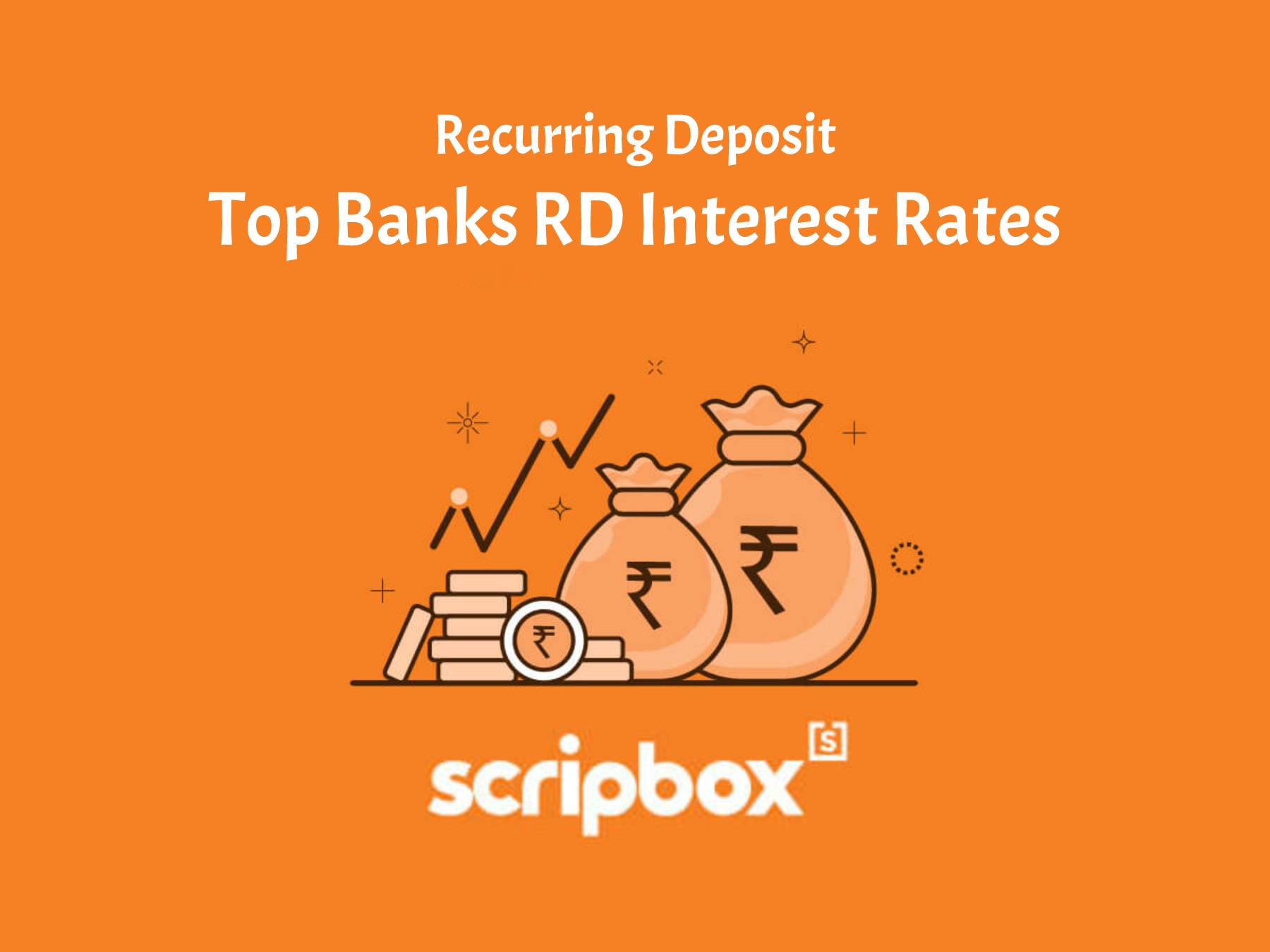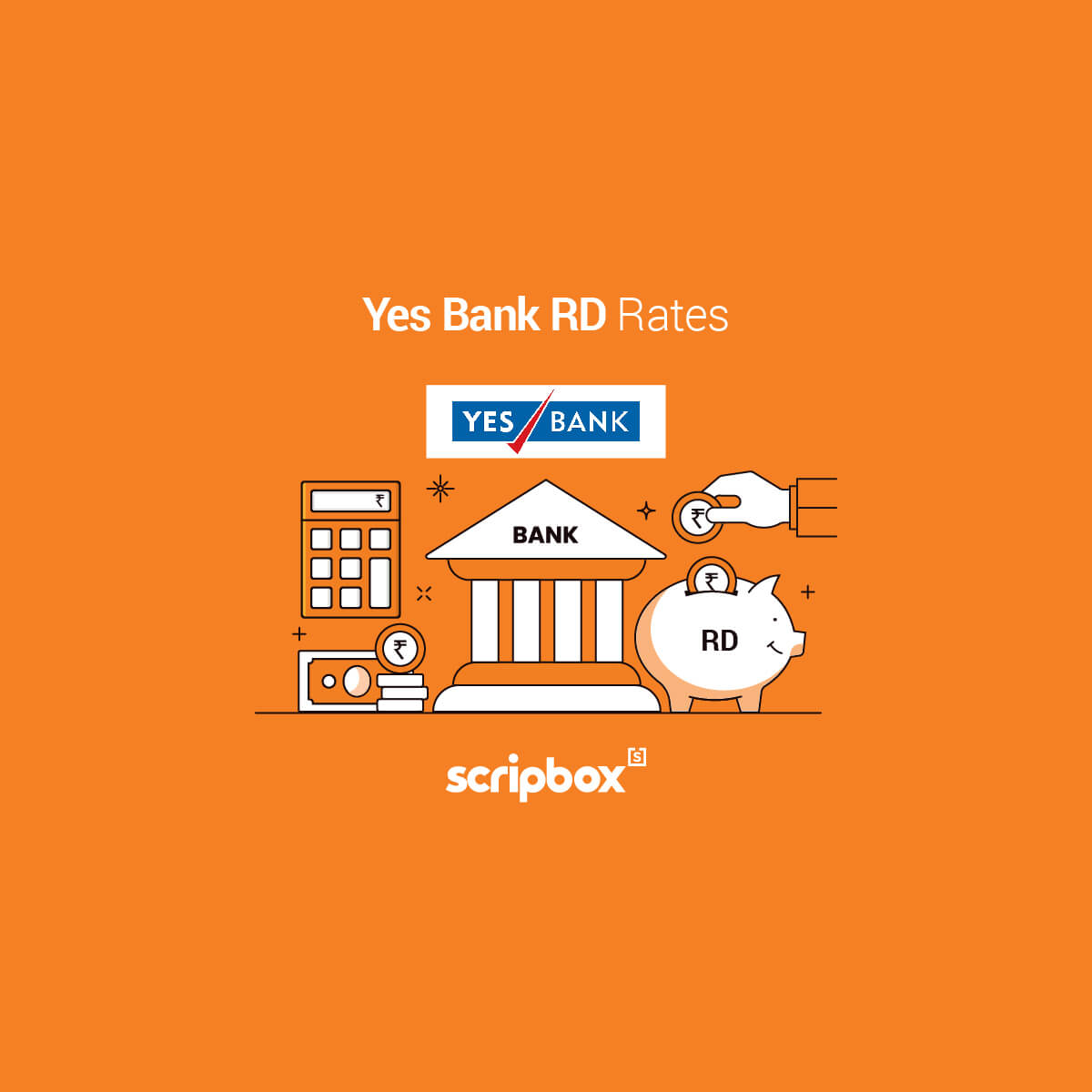What is the PFRDA?
On September 19, 2013, the Pension Fund Regulatory & Development Authority Act was passed, and it was notified on February 1, 2014. Employees of the Government of India, State Governments, as well as employees of private institutions or organizations and the unorganized sector, are regulated by the PFRDA. The PFRDA is in charge of ensuring that the pension market grows and develops in a controlled manner.
In 1999, the Indian government launched a national initiative called “OASIS” (an abbreviation for old age social and income security) to explore policy relating to old age income security in the country. The Government of India implemented a new Defined Contribution Pension System for new entrants to Central/State Government employment, except the Armed Forces, based on the recommendations of the OASIS study, replacing the current Defined Benefit Pension System. The Interim Pension Fund Regulatory & Development Authority (PFRDA) was founded by a resolution of the Government of India on August 23, 2003, to promote, develop, and regulate the Indian pension sector.
The Government of India notified the contributory pension system on December 22, 2003, and it was renamed the National Pension System (NPS) on January 1, 2004. On a voluntary basis, the NPS was then expanded to all citizens of the country beginning May 1, 2009, including self-employed professionals and others in the unorganized sector.
The vision of PFRDA is to be a model Regulator for promotion and development of an organized pension system to serve the old age income needs of people on a sustainable basis.
Functions of the PFRDA
PFRDA, as previously stated, is the pension regulator and aims to promote and develop pensions. It is a central autonomous body that functions as a quasi-government organization with executive, legislative, and judicial powers similar to the Reserve Bank of India (RBI), Securities and Exchange Board of India (SEBI), Insurance Regulatory and Development Authority (IRDA), and the Insolvency and Bankruptcy Board of India (IBBI). PFRDA is in charge of administering and regulating the National Pension System (NPS) as well as the Atal Pension Yojana.
- NPS and pension programs covered by the PFRDA Act should be regulated.
- Pension funds must be established, developed, and regulated.
- Protect the interests of pension fund members.
- Intermediaries must be registered and regulated.
- Approve schemes, terms and conditions, and set standards for the management of pension fund assets.
- Create a system for subscribers to file complaints.
- Encourage the formation of professional organizations related to the pension system.
- Disputes between intermediaries, as well as between intermediaries and subscribers, should be resolved.
- Intermediaries are trained, and subscribers and the general public are educated on pensions, retirement savings, and other related topics.
- Regulate the assets that are regulated.
- Intermediaries and other businesses associated to pension funds are subject to requests for information, investigations, and audits.
Intermediaries of the PFRDA
Central Record Keeping Agency CRA
CRA is a government organization that is licensed by the PFRDA to provide record-keeping, accounting, administration, and customer service to pension scheme members. PFRDA has appointed two CRAs: National Securities Depository Limited e-governance infrastructure Ltd (CRA1) and Karvy Computershare Private Limited (CRA2).
In the case of private sector employee pension subscribers, the employer has the choice of selecting between CRA1 or CRA2, whereas non-employee voluntary subscribers have the option of selecting their own CRA.
The government would choose the CRA for government sector subscribers and those who have registered for the Atal Pension Yojana, while the aggregator will choose the CRA for NPS-Lite members.
Functions of Central Record Keeping Agency CRA
- Acts as a point of contact for all CRA intermediaries and coordinates with the essential external entities to complete operations and commissioning.
- Issuing PRANs and sending out PRAN cards, as well as digitizing and maintaining the PRAN database and keeping track of subscriber transactions.
- Receive instructions from subscribers and aggregate them before passing them on to other intermediaries such as Trustee Banks, Annuity Service Providers, and Pension Fund Managers.
- Credit users’ accounts should be made easier to access, and monies should be allocated to pension fund managers on a timely basis.
- Provide subscribers with a variety of services, such as consolidated account statements.
- Subscribers should have access to a call center.
- Provide a centralized system for handling complaints.
- Process subscriber exit or withdrawal requests, and so on.
Pension Fund Managers PFMs
- Pension Fund Managers are responsible for investing and managing the funds of National Pension System subscribers.
- Subscriber contributions are invested according to the PFRDA’s rules and recommendations.
- Keep track of your investments and cash flow in books and records.
- Customers that opt auto-allocation of funds have their portfolios built.
- PFRDA must be updated on a regular basis.
- Financial information is made public from time to time in accordance with PFRDA requirements.
Point of Presence Agencies PoPs
- Customers who enrol for the NPS scheme must submit a fully completed registration form as well as KYC verification.
- When KYC documents are required, they must be verified.
- To collect and validate NPS payments made by subscribers through a variety of channels, such as cash, demand drafts, and checks, among others.
- To deduct and collect the NPS application fee, as well as to provide subscribers with a receipt.
- Subscriber donation files should be uploaded to the Central Record-Keeping Agency system.
- To keep track of all transactions that occur for various customer NPS accounts.
- Carry out updates to subscriber information as requested by the subscriber.
- Handle requests and complaints relating to NPS donations and other similar requests.
Trustee Banks
- Funds for NPS are received from all around the country through zonal and regional offices.
- Verifies that the zonal offices have paid the correct amount.
- Discrepancies in fund transfers are returned to the zonal office or bank involved, and right transfers are sought.
- Consolidates all monies received by NPS to create Fund Receipt Information.
- Transfer monies as directed by the CRA for the settlement of funds for various entities.
- CRA-compliant daily balances should be reconciled.
- Maintain records of nodal office contributions as well as any relevant documentation.
Custodian
- Performs the task of keeping customer accounts for securities and assets.
- Obtaining advantages on securities and assets that have accrued
- Assisting as a Domestic Depository and performing associated functions
- Informing the public on the acts that the issuer of securities is taking or has taken.
- Maintains and reconciles service records
Nodal Offices
- The spread and reach of NPS programmes rely heavily on nodal offices. These are the several links that come together to form the strong PFRDA.
- For the purposes of NPS, nodal offices of the Central Government interact with the CRA on behalf of customers.
- The same duty is performed by state government nodal offices, although on a lower scale.
Aggregators
- The aggregator is the most visible and initial point of interaction between the subscriber and the NPS – Swavalamban scheme.
- Responsible for making any modifications to KYC information that the subscriber requests. This includes name, address, and contact information changes, among other things.
- Grievance resolution in circumstances where a subscriber files a complaint or grievance with one of the PFRDA’s intermediaries.
Annuity Service Provider (ASP)
ASPs are in charge of providing annuity payments to subscribers at the time of exit/periodic annuity payments depending on the annuity contract chosen by subscribers, answering questions from potential subscribers about annuity purchases, facilitating subscriber registration for annuity purchases, resolving grievances from subscribers who purchased annuities from it, and so on.
Retirement Adviser
Any person, firm, company, trust, society, or other entity registered under the PFRDA to provide advice on NPS or other pension schemes regulated by the authority to subscribers or other individuals or groups of individuals is referred to as a retirement adviser.
What is the National Pension Scheme?
PFRDA created the National Pension Scheme (NPS), a defined contribution pension system in which subscribers’ contributions are collected and accumulated in an individual pension account through multiple intermediaries. Individual contributions are pooled into a pension fund and invested according to approved investment standards under the NPS.
Funds are typically invested in diversified portfolios of government bonds, bills, corporate debentures, and stocks, depending on the preferences of subscribers. Subscribers can also acquire a life annuity using their accumulated pension fund at the time of exit. PFRDA regulates NPS, as previously stated.
Under the Indian Trust Act of 1882, PFRDA also formed an NPS trust to handle assets and funds under the NPS in the best interests of subscribers. The NPS Trust is overseen by a Board of Trustees nominated by PFRDA, the trust’s settlor. The board of trustees has legal ownership of the trust and its finances.
The Board is made up of a Chairman and up to five members, including the Chairman, and meets every three months. NPS Trust is in charge of executing individual pension accounts in the name of the subscriber, protecting NPS assets, safeguarding NPS and its subscribers’ interests, approving various documents and reports, including audited financials submitted by various NPS trust intermediaries, monitoring and evaluating operations of such intermediaries, and exiting the subscriber from NPS, among other things.
Online Services Offered By the PFRDA
- Opening of NPS account
- Contribution to PRAN account except NPS-Swavalamban and Atal Pension Yojana accounts
- Activate a Tier-II account, which is a voluntary savings account with no withdrawal limitations and no tax advantage.
- Personal information in the database can be changed.
- Changes to the investment pattern
- Except for government and corporate subscribers, there will be a change in pension funds.
- Download a statement of transaction at any time; a physical copy is sent to subscribers once a year, and a soft copy is sent to registered email addresses on a regular basis.
- Requests for exit or withdrawal from the scheme
- Lodging of complaint
- Print e-PRAN
Frequently Asked Questions
The Pension Fund Regulatory & Development Authority PFRDA Act governs and regulates the pension scheme in the country. It extends to the whole of India. The vision of PFRDA is to be a model Regulator for promotion and development of an organized pension system to serve the old age income needs of people on a sustainable basis. The PFRDA Act is applicable to all pension schemes, intermediaries, and subscribers.
Under the Indian Trust Act of 1882, PFRDA also formed an NPS trust to handle assets and funds under the NPS in the best interests of subscribers. The NPS Trust is overseen by a Board of Trustees nominated by PFRDA, the trust’s settlor. The board of trustees has legal ownership of the trust and its finances. NPS Trust is in charge of executing individual pension accounts in the name of the subscriber, protecting NPS assets, safeguarding NPS and its subscribers’ interests.



















Show comments